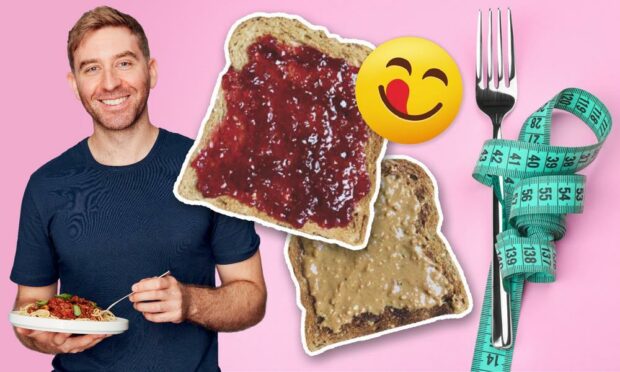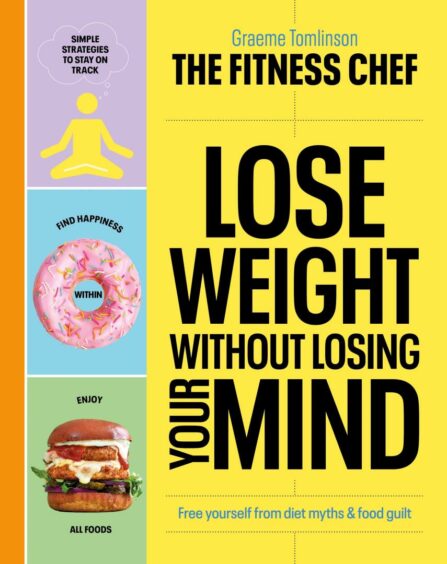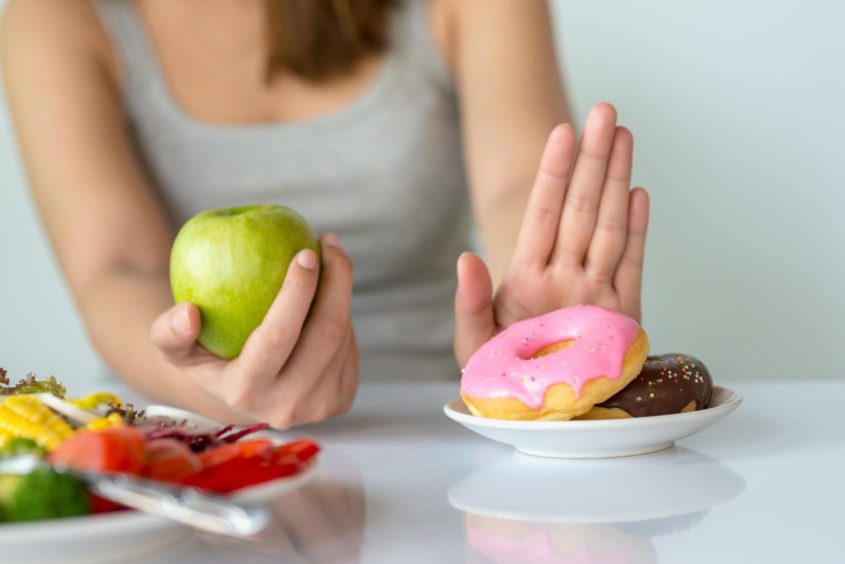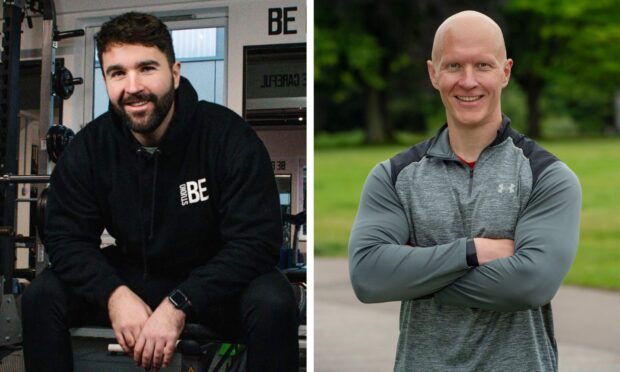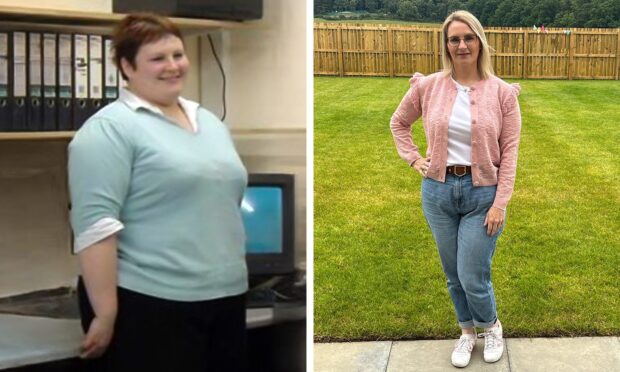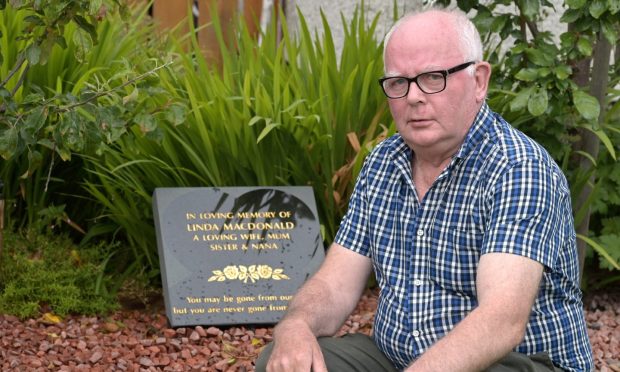An Aberdeen nutrition expert has penned a new book to empower people on their weight loss journey by busting popular diet myths.
Graeme Tomlinson is on a mission to help his readers get rid of the guilt and anxiety they feel about eating, so-called, “bad foods”.
His book, The Fitness Chef: Lose Weight Without Losing Your Mind by Graeme Tomlinson, aims to help people better understand the food they’re eating while providing tools to combat negative thoughts associated with skipping a day at the gym or ordering a takeaway.
The nutritionist breaks down:
- Why snacks aren’t bad for us.
- Why you shouldn’t feel guilty about having jam on your toast for breakfast.
- How sweet potatoes aren’t “better” than regular potatoes.
- How to apply mental strategies to keep you on track.
- What a calorie deficit is and why it’s essential to weight loss.
- There are no “good” or “bad” foods.
Evidence tackles popular diet myths
Graeme, who has more than one million followers on Instagram, said he grew frustrated with the misinformation surrounding nutrition.
He added: “My mission was to try and empower people with the truth and also the basic facts and how simple it can be to lose weight.
“And enjoy the process, with all the sort of crazy things that people say that you have to do.
“I was trying to reassure people that that’s simply not the case.
“This book kind of echoes trying to dispel all the most popular diet myths, but using the body of evidence, something that most books don’t do.”
The Fitness Chef will help you put your diet into context, and remove guilt from the way you look at food.
‘Food doesn’t have a moral value’
Good food versus bad food: it’s an exhaustive rhetoric Graeme has repeatedly tried to debunk.
Should you have that donut for your midday snack, or would it be better to scarf down two raw cacao balls?
Graeme said: “The first thing that we have to point out is that food doesn’t really have a moral value.
“You know, what’s good for one person is bad for another and vice versa.
“So, what you really need to do is understand a little bit more about the food that you’re eating.”
Peanut butter versus jam on toast
For example, peanut butter is a nutritious food that fuels your body.
But putting a lot of it on your toast could stunt your weight loss score due to the high-calorie count.
Meanwhile, we tend to stay away from breakfast spreads like jam – with the perception that it’s “bad” no matter the amount.
40g of peanut butter on 40g brown toast could add up to 334 calories, while 40g of strawberry jam on 40g of white toast is only 194 calories.
“The calories are actually significantly lower, and while there’s no nutritious value really in the jam, it’s definitely going to be better for your weight loss goal,” he explained.
“It’s just understanding those two different examples and, ultimately, you should be able to enjoy both if you do indeed enjoy them.”
It’s simple: you need a calorie deficit to lose fat
Keto? Alkaline? 5:2? There are a lot of diets being advertised as the way to lose weight or start eating healthier, and Graeme has called this the “casino of diets”.
Here comes the pitfall of jumping into a diet trend – you don’t fully understand why you’re doing it, and if it works or not it could be down to luck.
He added: “What I’m trying to do is really simplify it.
“Get [people] into bed with the basic principle: which is you need a calorie deficit to lose body fat.
“Which is so simple, but obviously, it’s not as easy in practice. You actually have to adhere to it.”
His book will help you stay on track and learn mental strategies to put the way you think about food into context.
“A takeaway doesn’t mean that they failed,” he continued.
“It means that, for the week, you’ve used up X amount of calories.
“So, that means that possibly the next day, you just have to reduce them a little bit more.
“And just try and relax.”
More health news…
Why eating fat in our diets lowers our risk of heart disease
The changes to your diet that can help save the planet
Want to tone your body? This is why moving more and eating less won’t actually help
